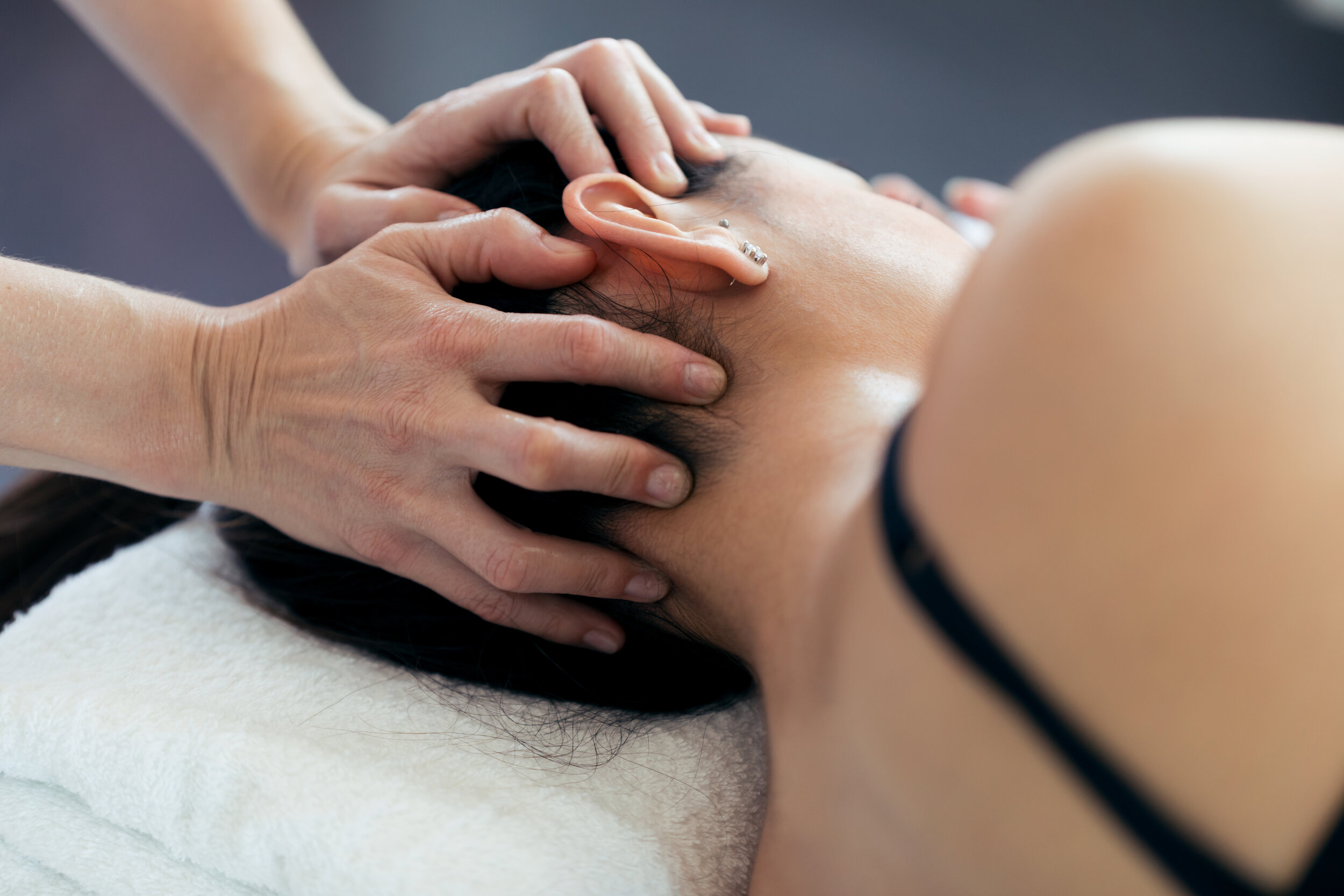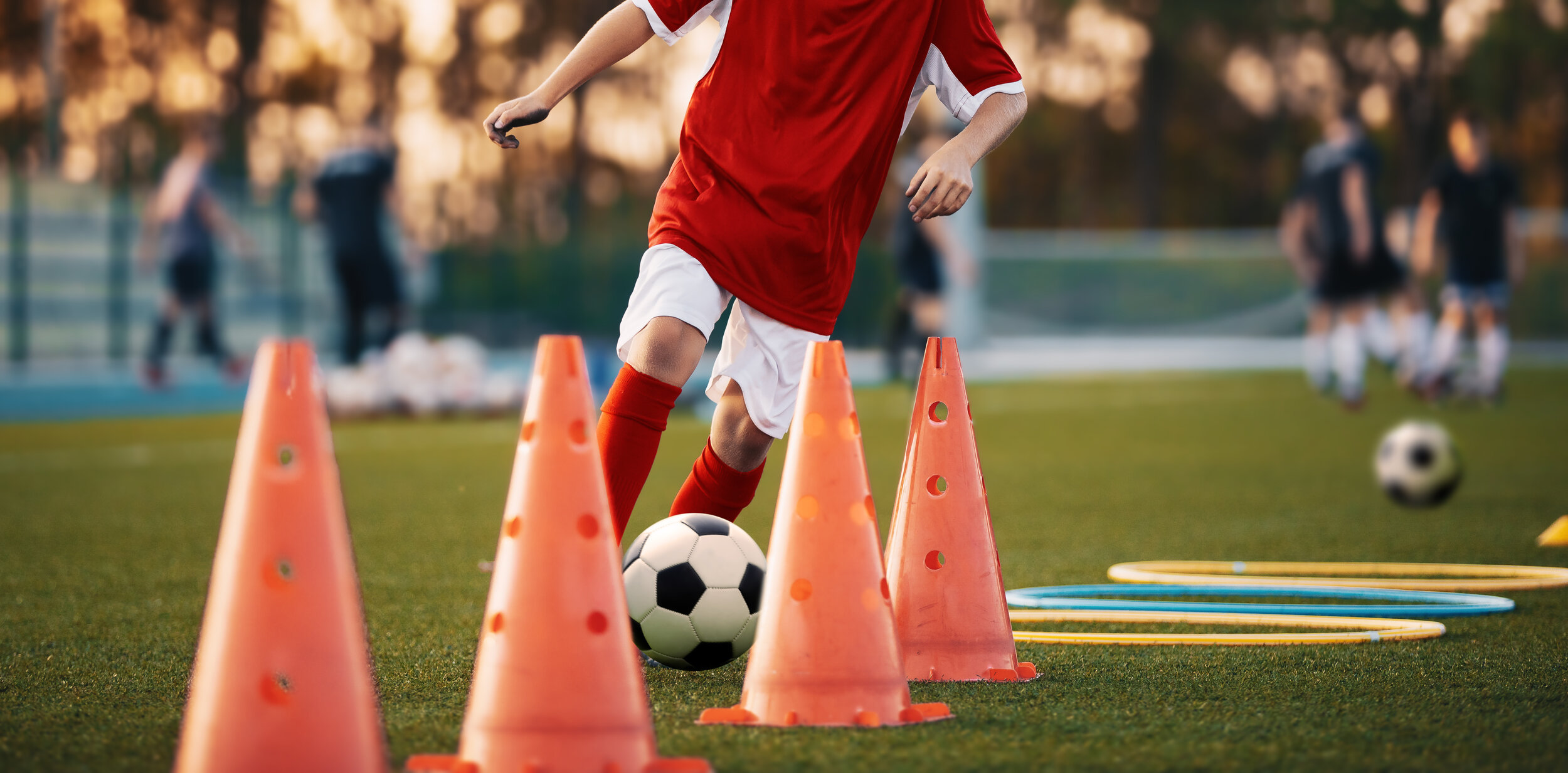Concussions have been getting a lot of media attention lately, and rightfully so. If you’re an ardent or casual consumer of American football, you likely heard about Tua Tagovailoa. The 24 year old quarterback of the Miami Dolphins seemed (to my eyes) to show symptoms of a concussion on Sunday, September 25th. He was cleared to play in the Thursday, September 29th game where he sustained a head injury, just four days later. Tagovailoa was carted off the field on a spine board and transported to hospital where it is reported he was diagnosed with a concussion. The NFL has since been under fire for its handling of Tagovailoa’s initial hit.
Repeated concussions within a short time frame are a big problem and can be fatal. Second Impact Syndrome occurs when someone suffers a second head injury before recovering from their first, leading to swelling of the brain. It is thankfully rare but it does happen.
Since this occurred, there’s been a lot of discussion around concussions. Can you tell from a video that Tagovailoa suffered a concussion? What signs are you looking for? Most importantly, what do we do about it?
Before We Start: Things To Know About Concussions
Parents, partners, friends and teammates need to be aware of the common signs and symptoms of a concussion. For people not in health care, the Concussion Recognition Tool is a handy document to have readily available. It lays out everything I review here: the basics of how to recognize a possible concussion and some basic tests anyone can do to help figure out if someone suffered a concussion.
These are hard and fast rules about concussions that everyone should know:
When in doubt, sit them out. Concussions are no joke. They are brain injuries, full stop. Most heal well but they need to be given the time and space to heal. If you think a concussion has occurred, stop and seek medical help.
You don’t have to hit your head to suffer a concussion. While most concussions occur through a blow to the head, a force to the body can produce enough jarring force to the head to cause a concussion. Do not blow off concussion symptoms simply because the head did not physically hit anything.
You do not need to be knocked out to suffer a concussion. In fact, most concussions do not result in a loss of consciousness.
We cannot see a concussion with imaging. While research is getting closer to finding something that can definitely diagnose a concussion, we aren’t there yet. X-rays, MRIs and CTs are not able to diagnose a concussion.
Baseline testing is not needed to diagnose a concussion. A concussion can be appropriately diagnosed by trained medical professionals without baseline testing.
Return to sport/work/play protocols are important to follow. Medical professionals involved in concussion care are well versed in these protocols.
Always have your primary medical practitioner involved in concussion care. This may be a doctor or nurse practitioner, but they need to be involved from the start.
How To Recognize A Potential Concussion
If you have just witnessed someone hit their head or take a large, jarring force to their body and you’re concerned they have sustained a concussion, watch for these signs:
Unconsciousness or lying motionless after the hit
Slow to get up
Confusion, disorientation and inability to respond to questions
A blank or vacant look
Imbalance, poor coordination, stumbling and gait difficulties
Any facial or head injuries
If you see these signs, call 9-1-1:
Neck pain or tenderness
Double vision
Weakness, tingling or burning in the arms or legs
Severe or increasing headache
Seizure or convulsions
Loss of consciousness
Deteriorating conscious state
Vomiting
Increasingly restless, agitated or combative
Watch Tua’s first injury on September 25th - how many of these can you see in the video? Now watch his second injury four days later - what do you see?
Immediate Signs And Symptoms Of A Concussion
If you suspect someone has had a concussion, you should check in with them for their symptoms.
Signs and symptoms of a concussion can be cognitive, behavioural and/or physical. The most common signs and symptoms to watch out for include:
“Don’t feel right”
More emotional
More irritable
Sadness
Nervous or anxious
Neck pain
Difficulty concentrating
Difficulty remembering
Feeling slowed down
Feeling like “in a fog“
Headache
“Pressure in head”
Balance problems
Nausea or vomiting
Drowsiness
Dizziness
Blurred vision
Sensitivity to light
Sensitivity to noise
Fatigue or low energy
If they complain of or display any of the above, assume they have had a concussion and seek medical attention.
It’s not uncommon for people who have had a concussion to just waive everything off and say they’re fine, especially for athletes in the middle of the game. In this case, it’s important to check their memory with a few basic questions. Some great options include:
Where are we playing today?
Which half/inning/period is it?
Who scored last?
What team did you play last time?
Did your team win the last game?
If you are still unsure, remember Rule #1: When In Doubt, Sit Them Out.
After A Concussion
If it’s pretty clear someone has a concussion, they need to be seen by a medical professional. If symptoms aren’t severe, an appointment with their GP or NP can be made in the next few days.
People with concussions shouldn’t be left alone initially in case symptoms worsen. They don’t need to be woken up every 1-2 hours like we used to do but they do need to have someone keep their eye on them. People with concussions should not drive, drink or self-medicate with drugs. Seek medical attention from a GP, NP or pharmacist for recommendations on medications.
In the first two weeks after a concussion, most people heal well. We have come a long way in our understanding of how to treat a concussion, which you can read about in our blog So You’ve Had A Concussion, Part 1: The First 2-4 Weeks.
All of this information is laid out in the Concussion Recognition Tool and is free to download.
If you’ve suffered a concussion and need follow up care, book an appointment online, email us or give us a call at (778) 630-8800.






















